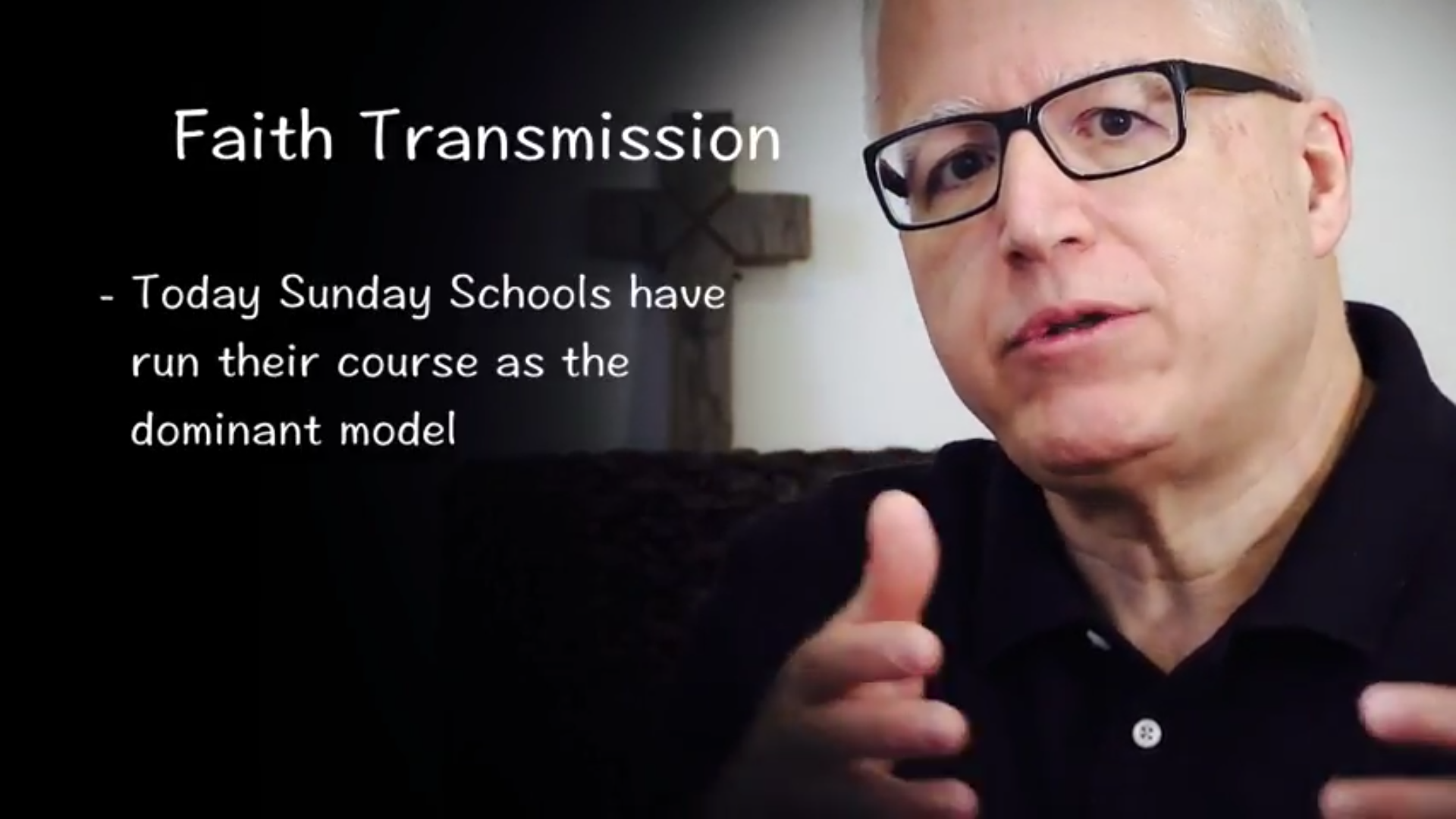We just launched a new course: Praying with Poetry with Dave Worster For Individuals and For Groups.
In a radio broadcast that he once made, the actor Charles Laughton described a conversation that he once had with the great sculptor Henry Moore, whose work is often characterized by his use of holes or hollows. Laughton asked Moore about this aspect of his sculptures, and Moore, after some contemplation, responded, “I  tunneled so deep into the heart of the stone that I found God on the other side.”
tunneled so deep into the heart of the stone that I found God on the other side.”
Great art can tap into the eternal, connecting both the artists and those who encounter the artists’ work with the divine. In his book The Return of the Prodigal Son, Henri Nouwen describes an encounter that he had with Rembrandt’s painting The Return of the Prodigal Son. He writes that the painting “brought me into touch with something within me that lies far beyond the ups and downs of a busy life, something that represents the ongoing yearning of the human spirit, the yearning for a final return, an  unambiguous sense of safety, a lasting home.”
unambiguous sense of safety, a lasting home.”
Dave Worster uses poetry to connect with God in a way similar to that in which that Nouwen used Rembrandt’s painting. The poems that he uses become vehicles reaching into the eternal, helping the reader reach out toward the eternal in a way that Dave describes as fulfilling a need that God has made inherent to the human soul. Like Henry Moore, we are born with the need to tunnel, to push toward God, he argues, and great poetry can help us establish or recognize a connection between ourselves and the creative and loving power that created us.
In this class, Dave Worster, a writer with a Ph.D in English literature who has written a book on prayer and poetry and who has taught poetry at Duke, UNC-Chapel Hill, and several other schools, offers guidance in ways to use poetry as a basis for prayer. He also models praying with different kinds of poetry. The class also offers participants opportunities to pray with poems and to discuss the experience with others.
We hope that poetry lovers and people who are interested in exploring different approaches to prayer use this course to enhance their spiritual practices.For a preview of the course, please click here.
Images:
“Family Group” by Henry Moore (1954). Note the hollow beneath the knees of the child, characteristic of Moore’s work. Image has been cropped. Used with permission through Creative Commons.
“The Return of the Prodigal Son ” by Rembrandt (circa 1668). Used with permission through Creative Commons.







 author and speaker, has created a three-part series of courses called Making Sense of the Cross.
author and speaker, has created a three-part series of courses called Making Sense of the Cross.  sisters of mine, you did for me.” In these classes, learn how to reach out to the brothers and sisters of Jesus whom the world treats the most ruthlessly. Besides simply being the way that decent people behave — and what we would hope for ourselves in similar circumstances — caring for oppressed people is an important way that Christians in particular are called to reach out to one another and to Christ. Learn effective ways to reach out into the world with these courses:
sisters of mine, you did for me.” In these classes, learn how to reach out to the brothers and sisters of Jesus whom the world treats the most ruthlessly. Besides simply being the way that decent people behave — and what we would hope for ourselves in similar circumstances — caring for oppressed people is an important way that Christians in particular are called to reach out to one another and to Christ. Learn effective ways to reach out into the world with these courses: for the faithful. How do we know what God wants from us? Why does God let evil events come to pass? We can come to feel like Jacob, wrestling with the Lord throughout the night in Genesis 32.
for the faithful. How do we know what God wants from us? Why does God let evil events come to pass? We can come to feel like Jacob, wrestling with the Lord throughout the night in Genesis 32. prayer. Try a new way each week. Here are some classes that can help you learn about different approaches to prayer.
prayer. Try a new way each week. Here are some classes that can help you learn about different approaches to prayer.